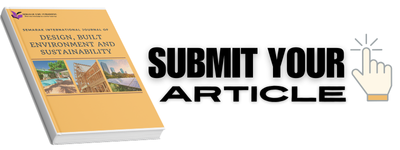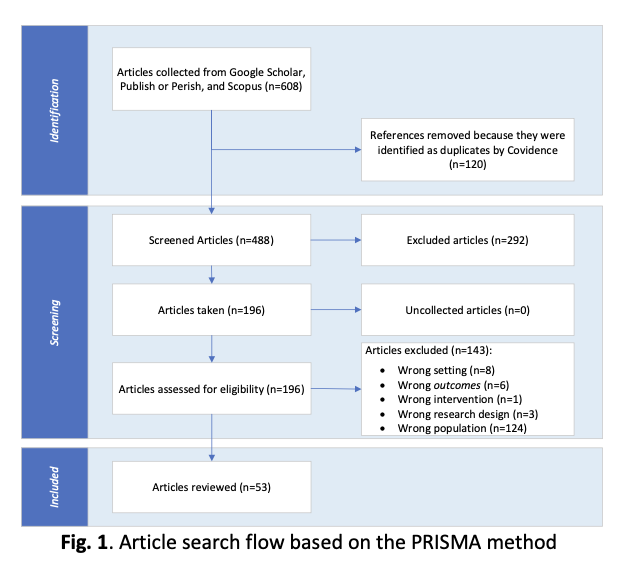
cover
THE PUBLISHER
SUBMISSION

AIMS AND SCOPE
This journal of Semarak International Journal of Design, Built Environment and Sustainability (SIJDBES) welcomes high-quality original contributions on architecture and structural-related built environmental design researches. The scope of the journal covers topics but are not limited to the areas of adaptable design, CAD 3D modeling and animation for internal spaces, architectural programming of 2D precast wall panel and 3D volumetric components for housing, Industrialized building systems, .
SIJDBES is double-blind, published quarterly, open access and accepts original research work and reviews.
Keywords
INDEXING AND ABSTRACTING





Semarak International Journal of Design, Built Environment and Sustainability (SIJDBES) is licensed under a Creative Commons Attribution-NonCommercial 4.0 International License.
DISTRIBUTION OF AUTHORS
Malaysia, Brunei, United Kingdom, Nigeria, Yemen, Egypt, New Zealand, Indonesia


